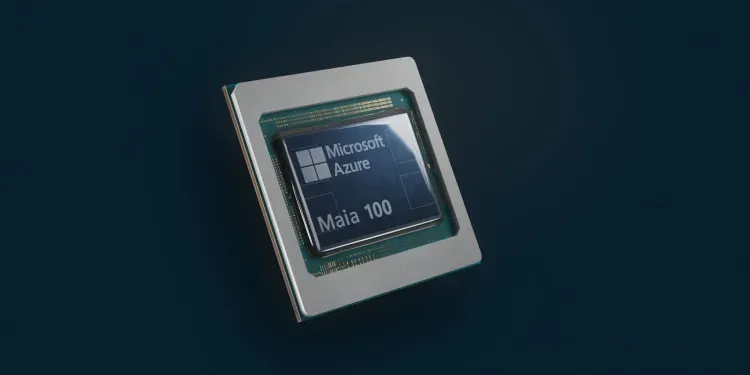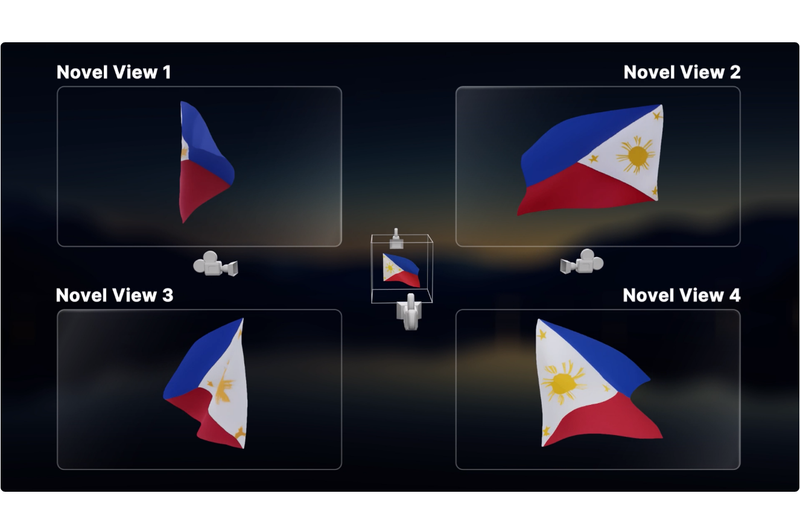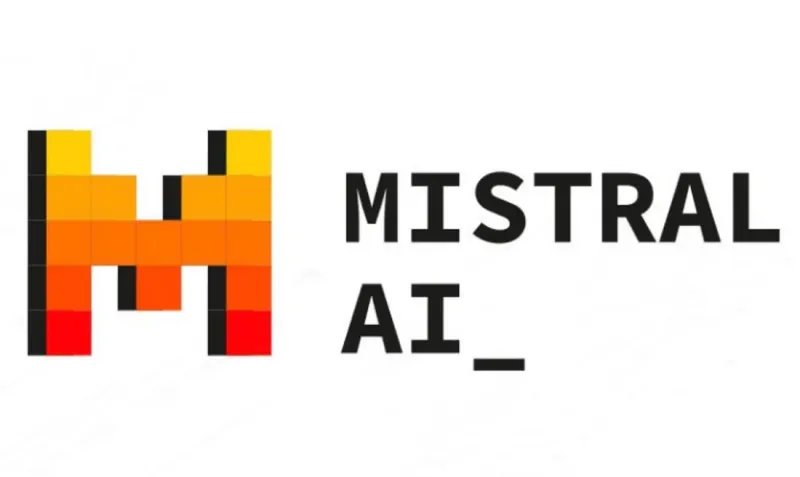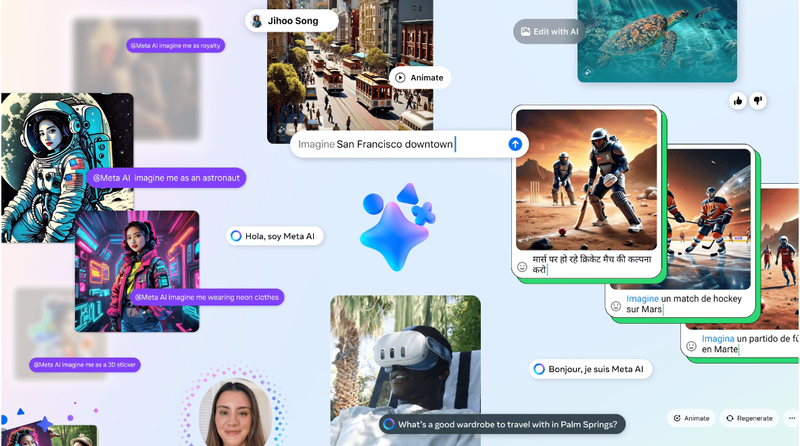Highlights from Microsoft's Ignite conference
Microsoft's 2023 Ignite conference was packed with announcements heavily focused on AI integration at all levels of the company's offerings. Here, we present a selection of announcements concerning hardware for HPC and AI workloads, data science, and generative AI for sales and cybersecurity teams.

Microsoft's annual Ignite conference recently took place in Seattle, and it was filled with announcements and updates on the company's plans for generative AI technologies and applications. From open-source data formatting to AI chip infrastructure to AI-powered cybersecurity solutions, the sheer diversity of the announcements delivered the clear message that Microsoft is working towards becoming a leader in AI technologies and hardware. Below are some of the most noteworthy highlights of the conference:
Microsoft Fabric has been updated to include Shortcuts and Mirroring, tools to access data from multiple sources
Microsoft Fabric was introduced earlier this year, and its general availability was just announced. Fabric combines the best from Microsoft Power BI, Azure Synapse Analytics, and Azure Data Factory into a single analytics platform containing seven purpose-specific workloads. Fabric items can be accessed on workspaces, and the latter can be grouped under domains to maintain privacy and compliance. Workspaces also allow the creation of new items in the OneLake data hub, the centralized data interface that gives access to data stored within a lake. Fabric also includes monitoring tools that simplify data management for developers and administrators.
OneLake is also multi-cloud, meaning it can display data from multiple sources, such as Azure Data Lake Storage Gen2 and Amazon S3. Since OpenLake uses an open-data format, a single copy suffices to work across every Fabric workload and engine, thus reducing the need for duplication and sprawl. Shortcuts are Fabric objects that point to data stored in other sources such as other OneLake locations, Azure Data Lake Storage (ADLS) Gen2, Amazon S3 storage accounts, or Dataverse. In this way, Fabric creates a virtual data lake that includes sources that can be external to OneLake without needing to duplicate and move data from one source to another.
On the other hand, Mirroring is a database and data warehouse management feature. Once customers provide connection details, databases hosted outside Fabric will automatically appear within the platform as Mirrored databases. After a database is mirrored, Fabric creates an initial snapshot that enables database replication and syncing. Once the snapshot is set up, changes to the source are reflected in Fabric in near real-time. Mirroring will soon be available for Azure Cosmos DB, Azure SQL DB, and Snowflake customers, with additional sources, including SQL Server, Azure PostgreSQL, Azure MySQL, and MongoDB, coming in 2024.
Microsoft launches Maia AI accelerator and Cobalt CPU, announces new partnerships with NVIDIA and AMD
The Microsoft Azure Maia AI accelerator is an optimized chip for AI tasks and generative AI. On the other hand, the Cobalt CPU is an ARM-based processor that will run general-purpose workloads on the Microsoft Cloud. Both chips were developed in-house and represent the last step towards Microsoft's capability of delivering end-to-end infrastructure systems. Microsoft plans to supply chips to its data centers starting early next year. The chips will initially power Microsoft's proprietary services, such as Copilot and the Azure OpenAI Service.
At the same time, Microsoft also announced the strengthening of its partnerships with leading hardware providers AMD and NVIDIA. Starting early 2024, Microsoft Azure customers will gain access to virtual machines powered by AMD's flagship MI300X GPU. This is in addition to the public preview of the NC H100 v5 Virtual Machine Series, also announced at Ignite as Microsoft's most recent addition to its infrastructure portfolio. The NC H100 v5 VMs are aimed at High Performance Computing (HPC) and AI workloads. The Azure NC H100 v5 series are powered by NVIDIA Hopper Generation H100 NVL 94GB PCIe Tensor Core GPUs and 4th Gen AMD EPYC™ Genoa processors.
Finally, NVIDIA also announced the creation of an AI Foundry that would be deployed on Microsoft Azure. The AI Foundry service conjoins a collection of NVIDIA AI Foundation Models, the NVIDIA NeMo™ framework and tools, and NVIDIA DGX™ Cloud AI supercomputing services to provide an end-to-end solution for creating custom models. These models can be deployed via the NVIDIA AI Enterprise software to power generative AI applications, including retrieval augmented generation (RAG).
Customers can control the information Copilot accesses via Microsoft Purview
Microsoft Purview, the company's data security and governance product, and Microsoft Defender, the security app, are getting tools that help secure customers' data and apps when leveraging generative AI.
Microsoft Purview is getting an AI Hub (now in private preview) that, among other functions, can automatically discover data security risks for Microsoft Copilot on Microsoft 365. Customers can also access several insights, such as the number of prompts sent to Copilot, the sensitive information contained in such prompts, the aggregated number of users interacting with Copilot, and the risk level associated with each user. Microsoft plans to extend these insights to several of the most popular generative AI services, including ChatGPT, Bard, and DALL-E. The new controls also let users block apps and protect sensitive data as they interact with these apps, including interactions via AI prompts and responses.
Furthermore, Copilot now honors sensitivity labels in reference files and automatically applies those labels to conversations and outputs resulting from user interactions. Unified labeling entails that Purview tools such as Data Loss Prevention, Insider Risk Management, and Adaptive Protection also apply to these labeled documents and outputs. In particular, Data Loss Prevention and Adaptive Protection will let teams control how users interact with sensitive information. On the one hand, Data Loss Prevention keeps users from pasting sensitive information into generative AI prompts. On the other hand, Adaptive Protection can refine policies by allowing low-risk users to work with sensitive information while blocking high-risk users from gaining access to the same information. The full announcement that includes instructions to join the private preview of Purview's AI Hub can be found here.
Copilot received a suite of AI-powered features to maximize sales productivity and enhance customer service experiences
Microsoft Sales Copilot integrates across Microsoft 365 and Teams and boosts salespeople's workflows with the power of generative AI and customer data. Among the features announced for Sales Copilot are Power Connectors, a tool that lets partner applications incorporate their data and insights directly into Sales Copilot, with DocuSign figuring as the first partner application; Suggested email content, a tool that helps salespeople improve their communication with customers; and tenant-level and security group level controls.
Microsoft's new cybersecurity solutions, Security Copilot and Defender XDR, are powered by generative AI
Microsoft unveiled its ambitious plans to create and maintain the first unified security operations platform composed of Microsoft Sentinel, Defender XDR, and Security Copilot. Some of the most noteworthy features of the security platform are:
- Microsoft Sentinel, the leading security information and event management (SIEM) solution, is coming to Defender XDR to reduce tool-switching and provide a unified view of SIEM and XDR data.
- Security Copilot is embedded into the platform to provide guidance and task automation for investigation and resolution. More complex tasks, such as script analysis, can be initiated by asking in natural language or accepting Copilot's suggestions.
- Automatic threat disruption can now act on third-party signals, such as SAP alerts. In that case, the platform will automatically detect financial fraud techniques and respond by inactivating the native accounts to prevent fund transfers.
- Defender XDR will include cloud workloads empowering analysts to conduct investigations across multi-cloud infrastructure, email and collaboration tools, SaaS apps, and multiplatform endpoints for a fully comprehensive XDR solution.
- Finally, Security Copilot will be extended with capabilities spanning the full range of Microsoft's security solutions.
Microsoft's new security platform is an impressive leap forward. The announcements are brimming with mostly AI-powered features coming to Microsoft's security portfolio that give the impression that the company has genuinely leaped into the future of cybersecurity.
For more details on these and other announcements, on-demand session streaming, and access to Microsoft's learning opportunities, visit the Ignite website.




